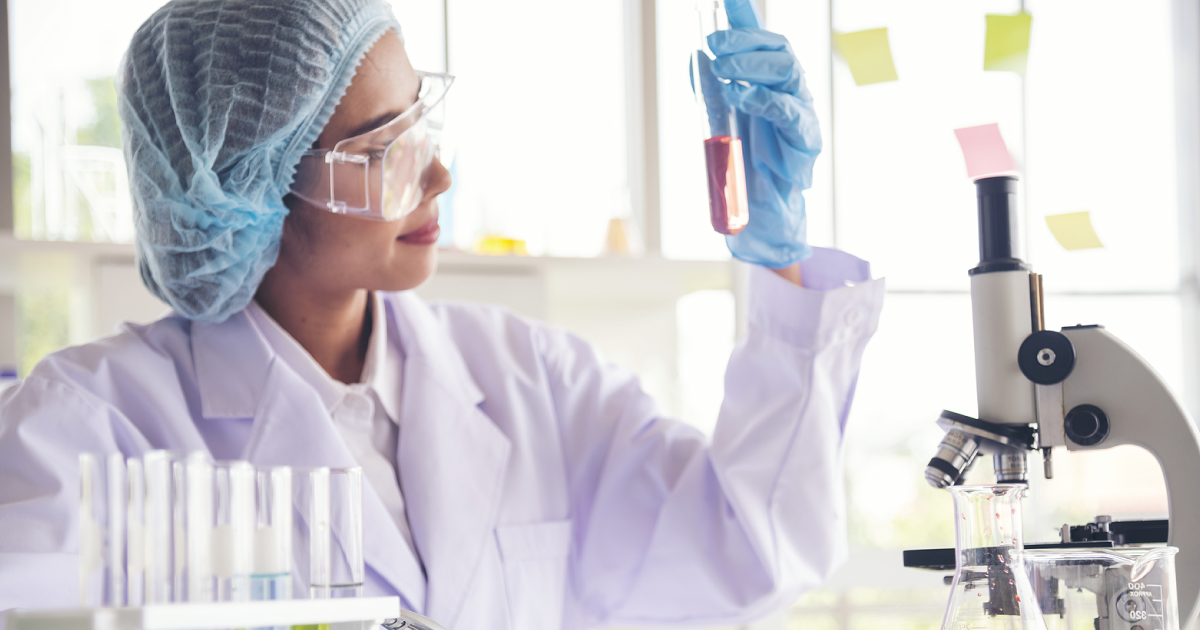
Creating Dangerous Viruses in the Lab Is a Bad Way To Guard Against Future Pandemics
In 2011, three top US government scientists penned an opinion piece in The Washington Post arguing why research modifying highly pathogenic avian influenza (H5N1) was a worthy undertaking. At the time, the National Institutes of Health (NIH) was facing blowback over having funded experiments that modified the virus to be transmissible among ferrets.
November 19, 2021 | Source: Bulletin of the Atomic Scientists | by Laura H. Kahn
In 2011, three top US government scientists penned an opinion piece in The Washington Post arguing why research modifying highly pathogenic avian influenza (H5N1) was a worthy undertaking. At the time, the National Institutes of Health (NIH) was facing blowback over having funded experiments that modified the virus to be transmissible among ferrets. The scientists argued that eliciting potentially dangerous mutations in the virus was necessary to protect humanity, should those mutations evolve naturally.
“We cannot predict whether or not something will arise naturally, nor when or where it might appear. Given these uncertainties, important information and insights can come from generating a potentially dangerous virus in the laboratory,” wrote Anthony Fauci, the head of the National Institute of Allergy and Infectious Diseases, Francis Collins, the head of NIH, and Gary Nabel, then a top official at Fauci’s institute.
Amid the controversy generated by this influenza research, the US government implemented a “pause” on federal funding in 2014 for selected research reasonably anticipated to increase transmissibility or pathogenicity of influenza, SARS, and MERS viruses. These were experiments that fell within a subset of scientific study called “gain-of-function” research. In 2017, the government lifted the pause and put in place a requirement that the US Department of Health and Human Services conduct a risk-benefit assessment on research that could confer these attributes to potential pandemic pathogens.
